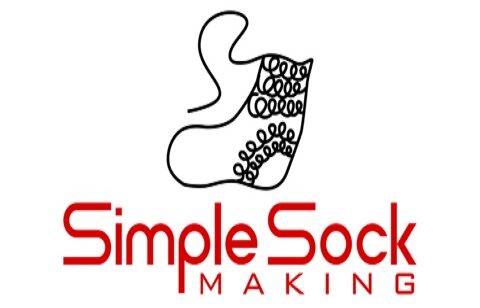
I wrote this post back in 2008, then revamped it in 2014. I figure now is a good time to rewrite it again for 2023!
Socks are low cost luxury
Socks give us the chance to sample expensive, hand-painted artisinal yarns handspun by creators located in far away mountainous regions. I may never have the budget to make a $300 sweater from that same type of yarn but I can probably find $30 in my budget to make a pair of socks.
We can experiment with minimal time investment
Socks also give us the chance to sample new stitch patterns or build new skills without investing huge amounts of time. We could work Tunisian, cables, bobbles, and mosaics all in one sock if we wanted, and it wouldn't take us a year to finish.
Socks make excellent portable projects
Socks don't take up a lot of space in a bag or purse. Whether you crochet or knit them, they make excellent portable projects. Due to the absolutely insane cost of housing these days, many of us are choosing tiny homes or vanlife, which puts space at a premium. Crocheting socks can fulfill your creative urges, keep your feeties warm, and not clutter up a small space.
It's good for your brain!
Crochet creates neural pathways in your brain that can help you in other areas of life. I was told several years ago by my son (who knew everything then and still knows it all now) that if I didn't use it, I would lose it. Activities that stimulate the brain to keep producing new networks keep us in tip top cranial form. I am told that other such activities do exist, but I haven't been able to put my crochet hooks down long enough to find out what those other activities might be.
Crochet can be stress-relieving
When you are stressed out and on your last nerve, crochet can be relaxing and therapeutic. Those of you trying out something new may not agree but I promise that once you get the hang of it, you'll relax into the process. Crochet can be very grounding and mindful, particularly if you pay attention to things like breathing and posture while you are crafting.
Crochet can provide you with a sense of tradition
The fibre arts give me a sense of continuity and tradition in a monocultured world where all the towns look the same and we are often so mobile that we never put down roots. I can carry a little bit of uniqueness with me wherever I go. I can also fill my home with beautiful items that cannot be found at Bed, Bath, & Beyond.
Socks can provide you with an opportunity to exercise a little freedom of expression in a conformist world
You can sample the strangest, craziest yarns in a sock and no one will blink an eye. Socks are just that cool now. You may never be able to wear a pink, purple, and green fluffy mohair sweater to work because it's loudness will cause instant blindness, but you can wear socks like that and everyone will think your socks rock!
Socks will always flatter you
Finally, socks will never not be flattering. You can make them with any yarn, color, stitch pattern, or gauge, and they will never not be a good look for you. I can not honestly say that about some of the sweaters I've made.








